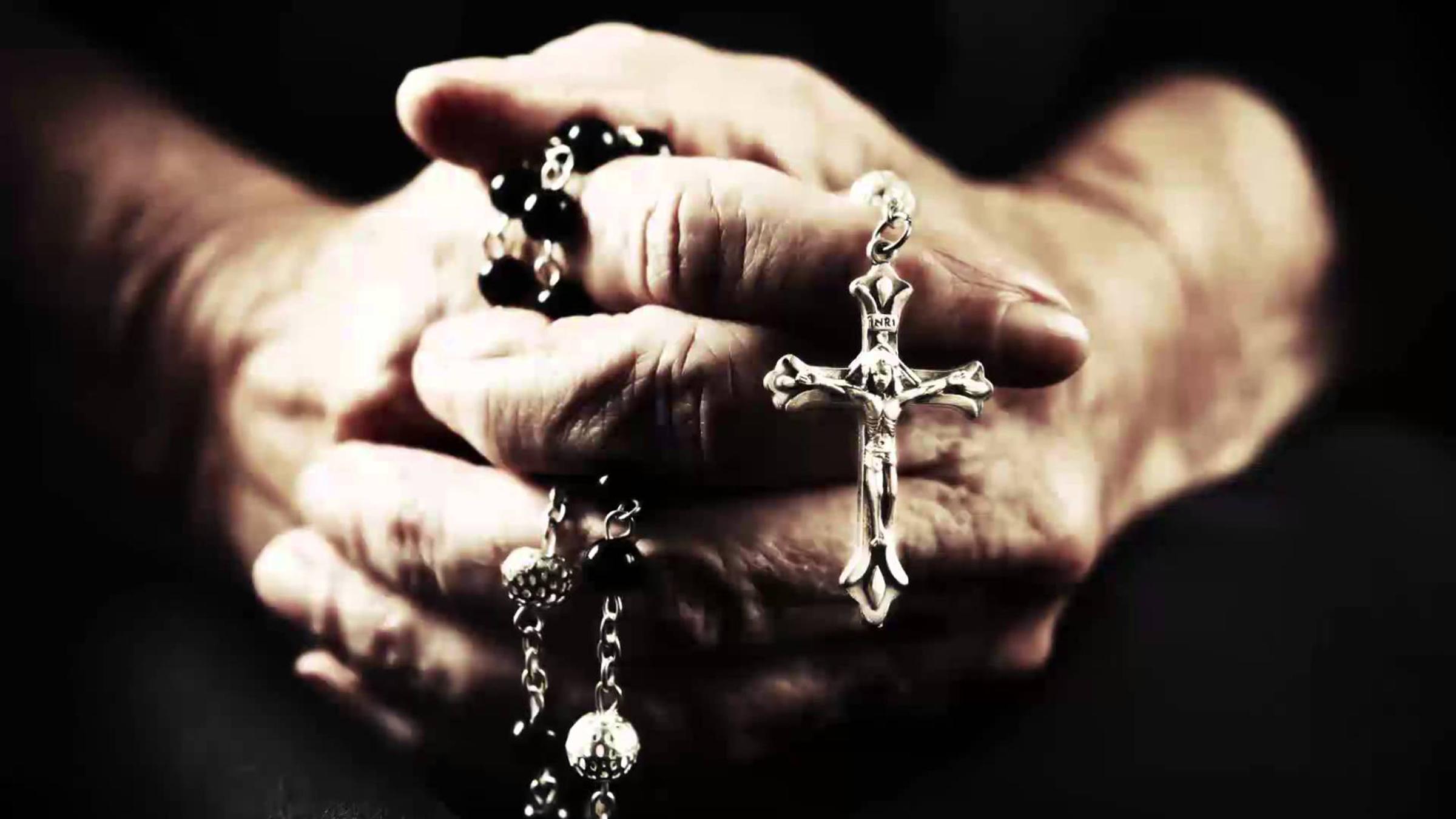Religious Education & Faith Life

The Rosary
Mary’s example of discipleship helps Catholics be people of faith, hope and love. The Rosary is one way Catholics can pray with Mary to become people of faith, hope and love.
The Rosary is a meditative prayer which helps people think about and meditate on the life of Jesus. By praying and meditating on the rosary with Mary, people remember the birth, life, death and resurrection of Jesus. They remember and meditate on important events in the lives of Jesus and his mother.
Catholics use rosary beads to help them pray and meditate. The beads of a rosary are used to count the prayers as they are prayed out loud or in silence. Using rosary beads helps people to keep track of how many times they have prayed a particular prayer, which allows them to meditate on their prayer more effectively. A set of rosary beads consists of a string of beads which includes a crucifix. Rosary beads can be made from many types of material and can be any colour, shape or size.
The rosary is divided into five groups of ten beads called decades. As people pray the rosary they meditate on the events in the life of Jesus and his mother Mary. These are called mysteries. There are four sets of ‘Mysteries of the Rosary’, called Joyful, Luminous, Sorrowful, and Glorious. These four “Mysteries of the Rosary” contain, a total of twenty mysteries. The repetition of the prayers when praying the rosary helps people in this prayerful meditation.
When people pray the rosary their thoughts focus on a different mystery for each decade. These mysteries represent the significant events in the life of Jesus.
Passed down for hundred of years, there may be a specific reason why the Rosary has been a tradition in the Catholic faith. When we pray the Hail Mary out loud with our long, slow exhales, we are breathing at the most ideal rate for calming our nervous system, major organs, positive emotions, heart rate and brain activity. The long breaths stimulate the vagus nerve which switches us from ‘fight or flight’ to ‘rest and digest’. Lucy Norcliffe-Kaufmann, associate professor of neurology at NYU-Langone identified that the ideal, most calming way to breathe is six times a minute. She noted that this style of slow breathing is also what practitioners naturally lapse into during meditation with mantras and during the Ave Maria prayer with rosaries. “Each time you do either the rosary prayer or a meditation mantra,” Norcliffe-Kaufmann said, “it naturally synchronizes your breathing at six times per minute.”
